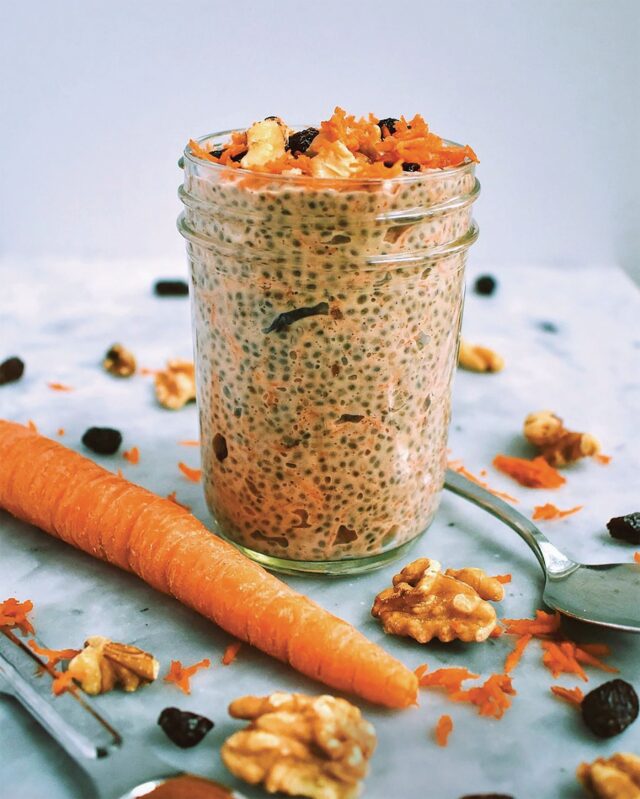
By Michele Shapiro
As much as it sounds like something that Google invented to use with your GPS, FODMAP actually is an acronym for a group of carbohydrates. Known as short-chain carbs, they are difficult to digest and, in turn, can cause bloating and discomfort. (Some examples include lactose, fructose, sorbitol and mannitol.) “These compounds pull excess water into the intestines, and when they’re fermented by bacteria, you experience gas and bloating,” explains Jenn LaVardera, M.S., R.D., a Southampton-based dietitian.
The low-FODMAP diet, created by researchers at Monash University in Australia, aims to help those who suffer from digestive issues identify which fruits, veggies, dairy, grains, nuts and legumes are making you feel bloated, gassy and irritable. What the diet has going for it is a body of solid research to back it up. Studies, including this one from 2016, have shown it can help patients with Irritable Bowel Syndrome (IBS) find relief from their symptoms.
While Monash University scientists initially created the diet for those with IBS, a disorder in which intermittent abdominal pain is associated with symptoms such as diarrhea and/or constipation, LaVardera leads clients with a broad range of digestive issues through the process of eliminating various high-FODMAP foods, a process that takes two to three weeks on average. By cutting out potential triggers and then reintroducing them, clients can identify their food intolerances so they can adjust their diets accordingly—and feel a whole lot better.
Surprisingly, some of highest FODMAP foods are usually considered nutritional superstars: vegetables including asparagus, artichokes, onions, garlic, sugar snap peas, and fruits such as apples, pears, mango and watermelon. (A complete list from Monash University can be found here.)
I’m game! What now?
If you’re interested in trying the low-FODMAP diet, your first step should be a visit to your primary-care physician to discuss your symptoms. A visit to a gastroenterologist may also be in order. From there, seek out a registered dietitian who has FODMAP experience, since most physicians don’t have the time or skills necessary to perform a nutritional assessment or explain how you can maintain optimal nourishment while eliminating so many foods. “Registered dietitians like myself can help create balanced meals that aren’t boring,” says LaVardera. “That way, you don’t feel like you’re missing out on anything,”
For instance, getting enough fiber while on the low-FODMAP diet can be a challenge, so an RD can also help you avoid constipation by suggesting low-FODMAP fruits and veggies, such as wild blueberries, oranges, butternut squash, carrots and cabbage, which will help keep things flowing.
A word of advice if you’re considering the low-FODMAP diet: Caffeine and alcohol are also verboten, so you may want to wait until fall, when vacation is over, to give it a try. “You can have reactions to these things, so it’s important to steer clear of them on any elimination diet,” says LaVardera. After a season of rosé and margaritas, a period of abstinence may not be the worst thing.



